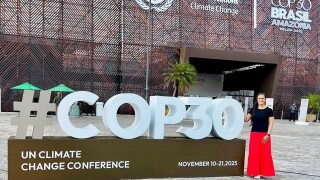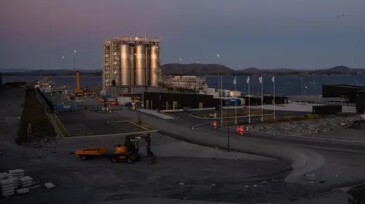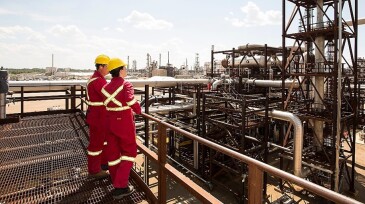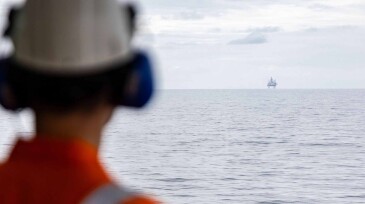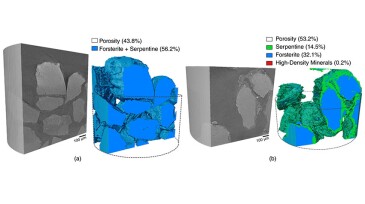Decarbonization
The latest corporate plan drops the amount the company says it will invest in low-carbon efforts by $10 billion from last year’s plan.
Following the start of injection in August, Northern Lights has issued the very first set of certificates documenting that the carbon dioxide captured from the Heidelberg Materials cement factory has been transported and stored permanently in the Aurora reservoir.
As COP30 wrapped up in Brazil, the country finds itself at an inflection point, positioned to deliver South America’s first CO₂ injection by mid-2026.
-
The author writes that Brazil can benefit by mirroring what proved decisive for CCS deployment in the US through a sovereign fiscal regime anchored by monetizing verified storage.
-
The collaboration will see TGS’ software platform implemented throughout the carbon value chain at the Northern Lights project.
-
With Brazil enacting South America’s first carbon capture and storage (CCS) law, this article examines the technical and regulatory architecture required to scale CCS deployment and provides exclusive insight into Brazil’s accelerating CCS landscape.
-
A new paper from researchers at Heriot-Watt University outlines key advances in chemistry that are driving the push in carbon capture technology.
-
The companies have signed an agreement to deliver carbon captured using Shell’s Cansolv system.
-
The North Sea project will transport and permanently store up to an initial 4 million metric tons of carbon dioxide per year, with startup expected in 2028.
-
The CCUS eMentoring Program connects mentors and mentees, offering valuable insights, networking opportunities, and career advancement for both. Join the CCUS eMentorship program to share knowledge, grow together, and shape the future of CCUS.
-
This paper aims to describe the role of liquefied natural gas as a transitional energy source for automobile transportation in Nigeria.
-
This study concludes that it is relatively easy to generate enhanced hydrogen in the laboratory during injection of high-pH aqueous solution through a pack of olivine sand.
-
This paper provides guidelines for thermal modeling for carbon capture and storage projects in a depleted gas field.



